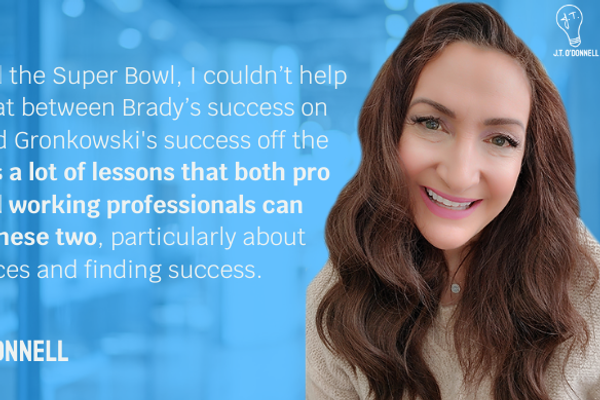
Life's complicated. While some employers believe that all employees should have a "work first, life later" mentality, that's just not always possible. Related: How To Cover Employment Gaps On Your Resume I remember how becoming a Dad for the first time completely threw off my productivity. The combination of shock, sleep deprivation, and sensory overload turned me into a walking zombie, and forced a brief leave of absence. You take time off to finish a degree. You care for a loved one in need. All of these things can, and will, happen over the course of a career. But they also cause two dreaded words to pop up in your background: work gap.
Here's How To Keep It From Being A Deal-Breaker:
Resume
Work gaps six months in length or longer should not be ignored, and forget about creating a "functional" resume that obscures your professional timeline: recruiters and hiring agents are trained to pick up on these discrepancies, and will just assume you did nothing during this period. The best approach is to get proactive, not defensive. Create a brief “Career Summary" at the start of the resume which touches on the gap. For example, if you recently left the workforce to pursue a degree, you could develop an opening summary such as:Multifaceted professional with a strong background in healthcare administration, combined with a recent graduate degree in Human Resources. Interested in meshing the two in a Human Resources and Benefits Coordinator or similar capacity for a healthcare-related corporation or hospital system.Insert a 1-2 line “Career Note" within the “Professional Experience" section of the resume which explains the gap. Consider adding any volunteer work, freelance projects, or part-time gigs you did during this time. If the gap was family or life circumstance-related, touch on that. If the reason for the gap was obtaining a new degree, place the education section near the top of the resume. This visually makes it clear that the gap was tied into your decision to return to school.
Cover Letter
Cover letters are all about making a connection with your reader, and as such present a great opportunity to manage the “I have a work gap" issue. The key is to somehow tie it into the specific value you can bring to an organization. Consider a paragraph like this:Leaving the senior management track to spend a year as a full-time father was a challenge to say the least, but one which I look back on with an immense amount of pride. Growing up with a Dad who regularly spent 60+ hours in the office, I was committed to forming a strong bond with my son during that crucial first year. Interestingly, while changing diapers, taking several continuing education classes in organizational leadership and conflict resolution, and managing the household affairs while my wife recuperated, I found that my skill in handling pressure in a positive way truly came in handy!
During The Interview
You've made it past the screening process, and got an invitation to the party. Don't squander the opportunity by being unprepared to cover obvious holes in your career experience. Try to weave the information in naturally into the conversation, before you're asked to. Just like in the cover letter, try and spin the gap into something that was beneficial or professionally valuable. For example, if you were laid off from your last job and spent several months unemployed, you could bring it up in a way like this, “While getting laid off from a job and company I loved threw me for a loop, I learned some valuable things about myself through the experience—things that I believe will make me a more effective Marketing Director going forward…" Now pick out three lessons from this time that broadly tie into the requirements for this job, and expound on them. If you can make your interviewer not only feel OK about the work gap, but see how it contributed to making you a better, stronger person you've succeeded. Above all, remember this: the seriousness of the employment gap, and how much of a liability it will be in your career, largely rests on how you feel about it. Interviewers and recruiters pick up on and reflect what's going on with the person they're talking to. Develop an effective strategy. Be positive and proactive. And then own your history, gaps and all. You got this!Related Posts
5 Ways To Remove Digital Dirt7 Phrases To Delete From Your LinkedIn ProfileAbout the author
Anish Majumdar, CEO of ResumeOrbit.com is a nationally recognized executive resume writer, LinkedIn expert, and interview coach. Surveyed clients report a 40-60% reduction in placement times through working with him, and typically secure offers at least $10-40K higher. Schedule a free LIVE Resume Critique with Anish, or connect with him on LinkedIn. Disclosure: This post is sponsored by a CAREEREALISM-approved expert.From Your Site Articles

 Bigstock
Bigstock Bigstock
Bigstock Bigstock
Bigstock


